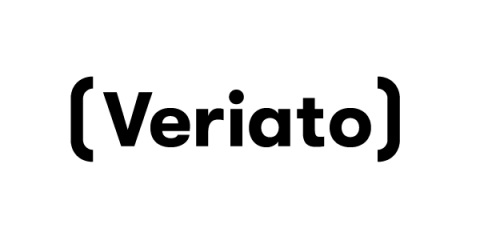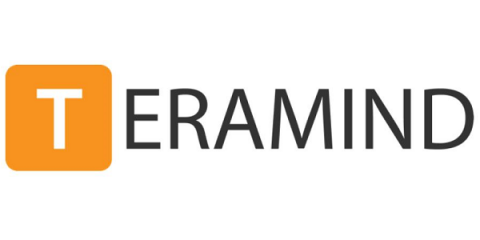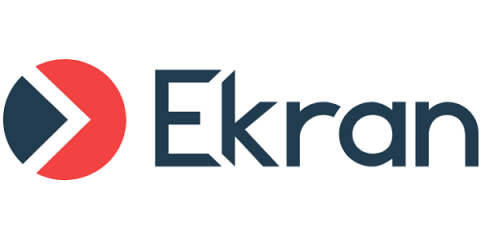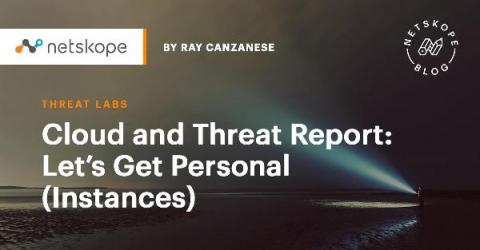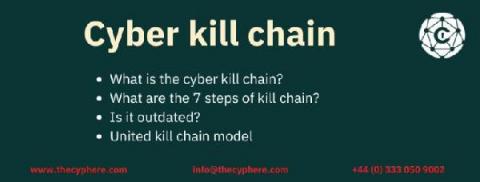Security | Threat Detection | Cyberattacks | DevSecOps | Compliance
April 2021
Insider Threats and the Dark Web increase Remote Work Risks
The “Dark Web” is often portrayed as a gloomy realm of internet land where you can find criminals and offenders lurking around every corner. Though there is some truth to this perception, there are also many misconceptions about the Dark Web and its role in the security or insecurity of businesses. Furthermore, the continuous embracement of remote work has led to an unexpected shift in the way the dark web is being used today.
Training, Accountability and Assessment: Three Priorities for Raising Privacy Awareness Within Your Team
Employees, contractors, and vendors have unparalleled access to company data, requiring careful adherence to data privacy best practices to secure personal information. Unfortunately, many employees are either unaware of these practices or are unwilling (or forgetful) to regularly implement them into their workflows.
Insider Threats in Cyber Security : Types, Examples and Detection Indicators
Insider Threat Awareness: What Is It, Why Does It Matter, and How Can You Improve It?
Cybersecurity, Compliance And Productivity: Three Critical Priorities When Launching A New Company In Uncertain Times
Some of the most iconic brands started during crises. As documented in an Entrepreneur article, the Hyatt hotel franchise launched during the 1957-1958 economic recession. Microsoft was founded during the oil embargo in the mid-1970s, and several prominent tech brands, including Uber and Airbnb, were created during the Great Recession. For today’s entrepreneurs, the lesson is simple: Don’t let these uniquely disruptive times deter innovation. Many are already embracing this mindset.
Tackling the Insider Threat: The Path to Mitigation
v6.0 Webinar - Web Console, Let Employees See Their Data On-Demand, & Group Summary Reports
Cloud and Threat Report: Let's Get Personal (Instances)
The COVID-19 pandemic caused a dramatic shift to remote work that placed many who previously worked in the office at home working alongside their families. We saw an increase in personal usage of company laptops, including personal web browsing, gaming, media consumption, and online shopping. In this blog post, we will take a look at the personal usage of managed devices from a different angle: data security. In 2020, 83% of users accessed personal app instances from managed devices each month.
CurrentWare Overview - Employee Monitoring, Web Filtering, Device Control, & Remote PC Power Manager
Revisiting 5 Concerning Cyber Trends And Statistics Over The Past Year
Leveraging Employee Monitoring Software to Achieve Regulatory Compliance
As digital security and data privacy become increasingly caustic issues, regulatory compliance is exceedingly challenging. Not only are various regions implementing unique standards, but industries, municipalities, and platforms are issuing new guidelines as well. While CTOs have many solutions for ensuring system compliance, the human element remains more difficult to oversee, mandate, and manage.
What is Cyber Kill Chain?
The Cyber kill chain, also called CKC, is a phase based cybersecurity model developed by Lockheed Martin. It is co-opted from the military term ‘kill-chain’ used to break down the structure of an attack. The team developed the model to help security teams understand with break down of an externally originated attack into seven different steps. It helps teams to learn how cyber attacks work and help prepare the defensive controls of an organisation.



